When to Prune Blackberry Bushes: A Comprehensive Guide
Introduction
Blackberry bushes are beloved by gardeners for their robust growth, abundant fruit production, and the sweet, tangy berries they produce. However, to keep your blackberry bushes healthy and productive, knowing when to prune blackberry bushes is essential. Pruning helps to control the growth of the plants, enhances fruit production, and prevents diseases. In this comprehensive guide, we’ll delve deep into the best practices for when to prune blackberry bushes, ensuring you get the most out of your plants year after year.
Understanding Blackberry Growth Habits
Before discussing when and how to prune blackberry bushes, it’s important to understand their growth habits. Blackberries are perennial plants with biennial canes, meaning the canes live for two years. In the first year, the canes, known as primocanes, grow vegetatively. These canes don’t produce fruit in their first year. In the second year, the same canes, now called floricanes, bear fruit and then die off after the growing season. Recognizing this cycle is crucial for effective pruning.
Blackberry bushes can be categorized into three main types based on their growth patterns:
- Erect Blackberries: These have stiff, upright canes that often don’t require support. They tend to be more cold-hardy and produce fruit on second-year canes.
- Semi-Erect Blackberries: These grow in a more spreading fashion and may require some support, such as a trellis.
- Trailing Blackberries: These have long, arching canes that definitely need trellising or other forms of support. They are less cold-hardy but often produce larger berries.
Understanding the type of blackberry bush you have will help you tailor your pruning practices to the specific needs of the plant and determine the best when to prune blackberry bushes to ensure healthy growth and optimal fruit production.
The Importance of Pruning Blackberry Bushes
Pruning is more than just cutting away dead wood; it’s a vital part of maintaining healthy, productive blackberry bushes. Here are some key reasons why pruning is essential:
- Enhanced Fruit Production: Proper pruning encourages the growth of new, healthy canes, which are necessary for fruit production. By removing old and dead canes, the plant can focus its energy on producing fruit on the new canes.
- Disease Prevention: Blackberry bushes can be prone to fungal diseases such as anthracnose and rust. Pruning improves air circulation within the bush, reducing the humidity that can promote fungal growth. It also allows for better sunlight penetration, which further helps in keeping diseases at bay.
- Easier Harvesting: A well-pruned blackberry bush is easier to manage, making harvesting less cumbersome and reducing the chances of injury from thorny canes.
- Controlled Growth: Without regular pruning, blackberry bushes can become overgrown and invasive, spreading beyond their intended area. Pruning helps keep the plants within bounds, preventing overcrowding and promoting better fruit production.
When to Prune Blackberry Bushes
The timing of pruning blackberry bushes is crucial to ensure optimal growth and fruit production. Pruning is typically done twice a year—once in the late winter or early spring and again in the summer after the harvest. Each of these pruning sessions serves a different purpose and is essential for maintaining the health of the plants.
1. Late Winter/Early Spring Pruning
Late winter or early spring pruning is the most critical pruning session for blackberry bushes. The exact timing can vary depending on your location and climate, but it generally falls between late February and early April, before the plants break dormancy and begin to grow.
- Why Prune in Late Winter/Early Spring? Pruning during this period allows you to remove dead or diseased canes before new growth begins. It also gives the plants time to focus their energy on the new primocanes that will eventually produce fruit. By pruning in late winter or early spring, you help ensure that your blackberry bushes are ready to produce a bountiful crop in the coming growing season.
- Steps for Late Winter/Early Spring Pruning:
- Remove Dead Canes: Begin by cutting back all dead, diseased, or damaged canes. These canes are easy to identify because they are brown, brittle, and lack the green coloration of healthy canes. Removing them helps prevent the spread of diseases and makes room for new growth.
- Thin Out Floricanes: After identifying the floricanes (those that fruited the previous season), cut them back to the ground. Leaving these old canes will only crowd the bush and reduce air circulation, leading to potential disease problems.
- Trim Primocanes: If your bush is overly dense, you can thin out some of the primocanes as well, leaving the strongest and healthiest canes to produce fruit. For erect varieties, you can cut the primocanes to about 3-4 feet in height to encourage branching. Thinning primocanes at this stage helps ensure that the remaining canes have enough space and resources to thrive.
2. Summer Pruning (After Harvest)
Once the fruiting season is over, typically in late summer, it’s time for the second round of pruning. This pruning session is often referred to as “tip pruning” or “topping” and is vital for maintaining the shape and productivity of the bushes.
- Why Prune in Summer? Summer pruning helps to control the height of the canes and encourages lateral branching, which will produce more fruit in the following season. By pruning at this time, you also help to maintain the shape of the bush and prevent it from becoming too overgrown.
- Steps for Summer Pruning:
- Tip Pruning: For both erect and trailing varieties, cut back the tips of the new primocanes to encourage side branching. This should be done when the canes are about 3-4 feet tall. Tip pruning encourages the development of lateral branches, which are where the fruit will be produced the following year.
- Remove Fruited Canes: After the harvest, cut back the floricanes that have produced fruit. These canes will not fruit again, and removing them will prevent disease and promote the growth of new canes. It also helps to open up the plant, improving air circulation and sunlight penetration.
- Thinning: In particularly dense areas, thin out some of the new canes to improve air circulation and sunlight penetration. This is especially important in humid climates where fungal diseases can be a problem.
Pruning Techniques for Different Types of Blackberries
While the general principles of pruning apply to all blackberry varieties, there are slight variations depending on whether you are dealing with erect, semi-erect, or trailing blackberries. Understanding these differences is key to optimizing your pruning strategy.
1. Erect Blackberries
Erect blackberries have stiff canes that grow upright without much support. These types benefit from tip pruning during the growing season and more substantial pruning in the winter.
- Winter Pruning: In late winter, remove all dead and weak canes. Cut the remaining canes back to about 4-6 inches above the ground to encourage the growth of strong new canes. This heavy pruning helps to rejuvenate the plant and promote vigorous growth in the spring.
- Summer Pruning: When the primocanes reach 3-4 feet in height, tip them back to encourage lateral growth. This will increase the number of fruiting sites for the following season. Be sure to monitor the canes throughout the growing season, and prune as needed to maintain the desired shape and height.
2. Semi-Erect Blackberries
Semi-erect blackberries require some support, such as a trellis, but they have a growth habit that is between erect and trailing varieties.
- Winter Pruning: As with erect varieties, remove all dead and diseased canes. However, instead of cutting the canes back to the ground, leave them at about 4-6 feet in height. This will allow for better training on a trellis, making it easier to manage the canes and harvest the fruit.
- Summer Pruning: Tip prune the primocanes when they reach 3-4 feet in height. This encourages side shoots, which will bear fruit in the next season. Additionally, keep an eye on the canes as they grow, and prune any that become overly long or unwieldy.
3. Trailing Blackberries
Trailing blackberries have long, flexible canes that require support. These varieties need careful pruning to manage their sprawling growth.
- Winter Pruning: Remove all dead, damaged, and diseased canes. Then, cut back the remaining canes to about 6-8 inches above the ground. This will promote the growth of new canes that can be trained on the trellis. Trailing varieties benefit from this heavier pruning as it encourages new growth that will be easier to manage.
- Summer Pruning: After the harvest, cut back the fruited canes to the ground. Tip prune the new canes to encourage lateral branching and manage their length on the trellis. For trailing varieties, it’s also important to regularly check the canes and adjust them on the trellis as needed to prevent them from becoming tangled.
Tools and Safety Tips for Pruning Blackberries
Pruning blackberry bushes involves working with sharp tools and thorny plants, so it’s important to use the right equipment and take safety precautions. Here are some tips to ensure a safe and effective pruning session:
- Pruning Tools:
- Pruning Shears: Use sharp, clean pruning shears for cutting smaller canes and tips. Sharp tools make cleaner cuts, which heal faster and reduce the risk of disease.
- Loppers: For thicker canes, a pair of loppers will give you the leverage needed to make clean cuts. Loppers are essential for cutting through the older, woody canes that are too thick for shears.
- Gloves: Heavy-duty gloves are essential to protect your hands from thorns. Look for gloves that are specifically designed for working with thorny plants, as they will provide better protection.
- Long Sleeves: Wear long sleeves and sturdy clothing to minimize scratches from the thorny canes. Thick, durable clothing will protect your skin from accidental cuts and scratches.
- Sanitizing Tools: Before you start pruning, make sure your tools are clean and sanitized. This helps prevent the spread of diseases from one plant to another. You can sanitize your tools by wiping them down with rubbing alcohol or a bleach solution. Regularly sanitizing your tools during pruning sessions is also a good practice, especially if you’re working with multiple plants.
- Disposing of Pruned Canes: After pruning, collect and dispose of all the cut canes. Do not leave them in the garden as they can harbor pests and diseases. Composting is an option, but make sure the canes are chopped up finely and that your compost reaches a high enough temperature to kill any pathogens. Burning the canes is another option if local regulations allow it.
Troubleshooting Common Pruning Problems
Even with careful pruning, you might encounter some challenges. Here’s how to troubleshoot common issues:
- Overgrowth: If your blackberry bush becomes too dense, it may be a sign that you need to thin more aggressively. Don’t be afraid to remove more canes during the winter pruning session. A denser bush isn’t always better, as it can lead to decreased airflow and higher chances of disease.
- Poor Fruit Production: If your blackberry bushes are not producing as much fruit as expected, check your pruning technique. Make sure you’re not cutting back the primocanes too much during the summer, as this can reduce the number of fruiting sites. Also, consider the age of your plants—older bushes may need more rejuvenation pruning to continue producing well.
- Disease Issues: If you notice signs of disease, such as discolored leaves or canes, remove the affected areas immediately. Ensure your pruning tools are sanitized to prevent the spread of disease. If the disease persists, consider using fungicidal sprays or consulting a local extension service for advice.
- Inadequate Support for Trailing Varieties: If your trailing blackberries are sprawling out of control, consider installing a more robust trellis system. Proper support will make pruning and harvesting much easier. Regularly inspect the trellis to ensure it’s providing adequate support and adjust the canes as needed.
Long-Term Benefits of Regular Pruning
Regular pruning of blackberry bushes is an investment in the long-term health and productivity of your garden. Here’s what you can expect with consistent, proper pruning:
- Higher Yields: Pruning encourages the growth of healthy canes that are more productive, resulting in larger and more abundant fruit. Consistently high yields are one of the biggest rewards of proper pruning practices.
- Improved Plant Health: By removing dead and diseased canes, you reduce the risk of pests and diseases, ensuring that your plants stay healthy. Healthy plants are better able to resist diseases and pests, leading to a more productive garden overall.
- Easier Maintenance: A well-pruned blackberry bush is easier to manage, making tasks like weeding, mulching, and harvesting more efficient. Properly pruned bushes also require less labor in terms of managing overgrowth or dealing with disease outbreaks.
- A Neater Garden: Pruning helps keep your blackberry patch tidy and prevents the plants from becoming invasive. A well-maintained garden is not only more aesthetically pleasing but also more enjoyable to work in.
Conclusion
Pruning blackberry bushes may seem like a daunting task, but with the right knowledge and tools, “when to prune blackberry bushes” becomes a manageable and rewarding part of garden maintenance. By pruning at the right times and following the techniques outlined in this guide, you’ll ensure that your blackberry bushes remain healthy, productive, and easy to manage. Whether you’re a novice gardener or an experienced grower, these tips will help you get the most out of your blackberry harvest for years to come.
By following the advice in this guide on “when to prune blackberry bushes,” you can maximize your blackberry bush’s yield, reduce the risk of disease, and maintain a tidy, productive garden. Remember, consistent pruning is key to a healthy blackberry bush, and the effort you put in will pay off with delicious, abundant berries.


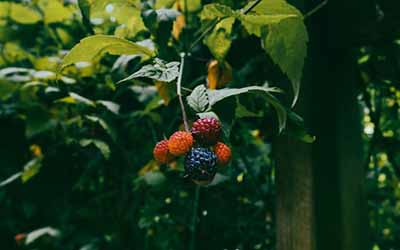
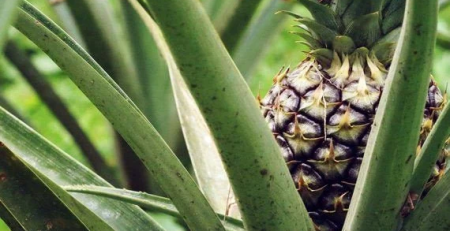
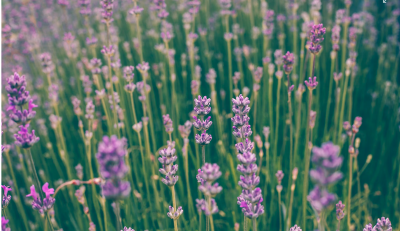
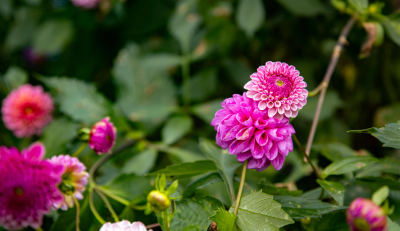
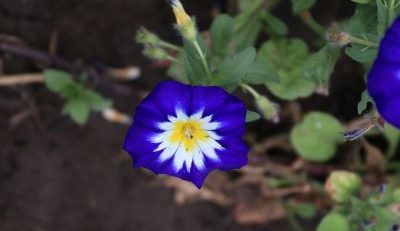
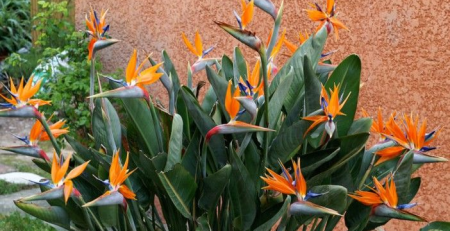
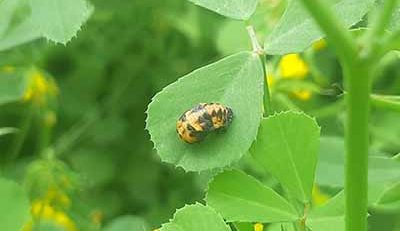
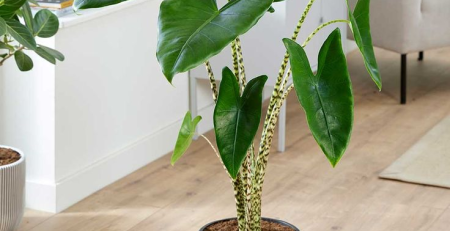
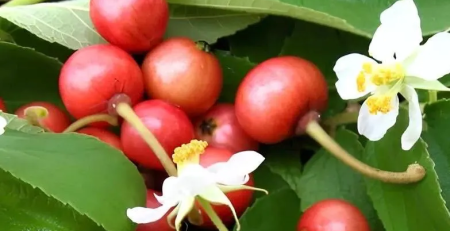
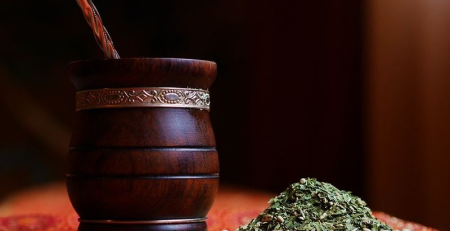
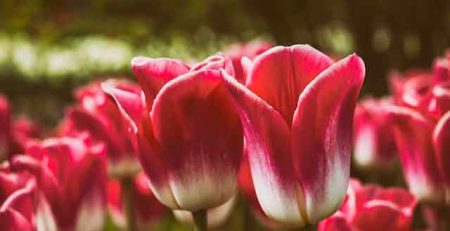
Leave a Reply